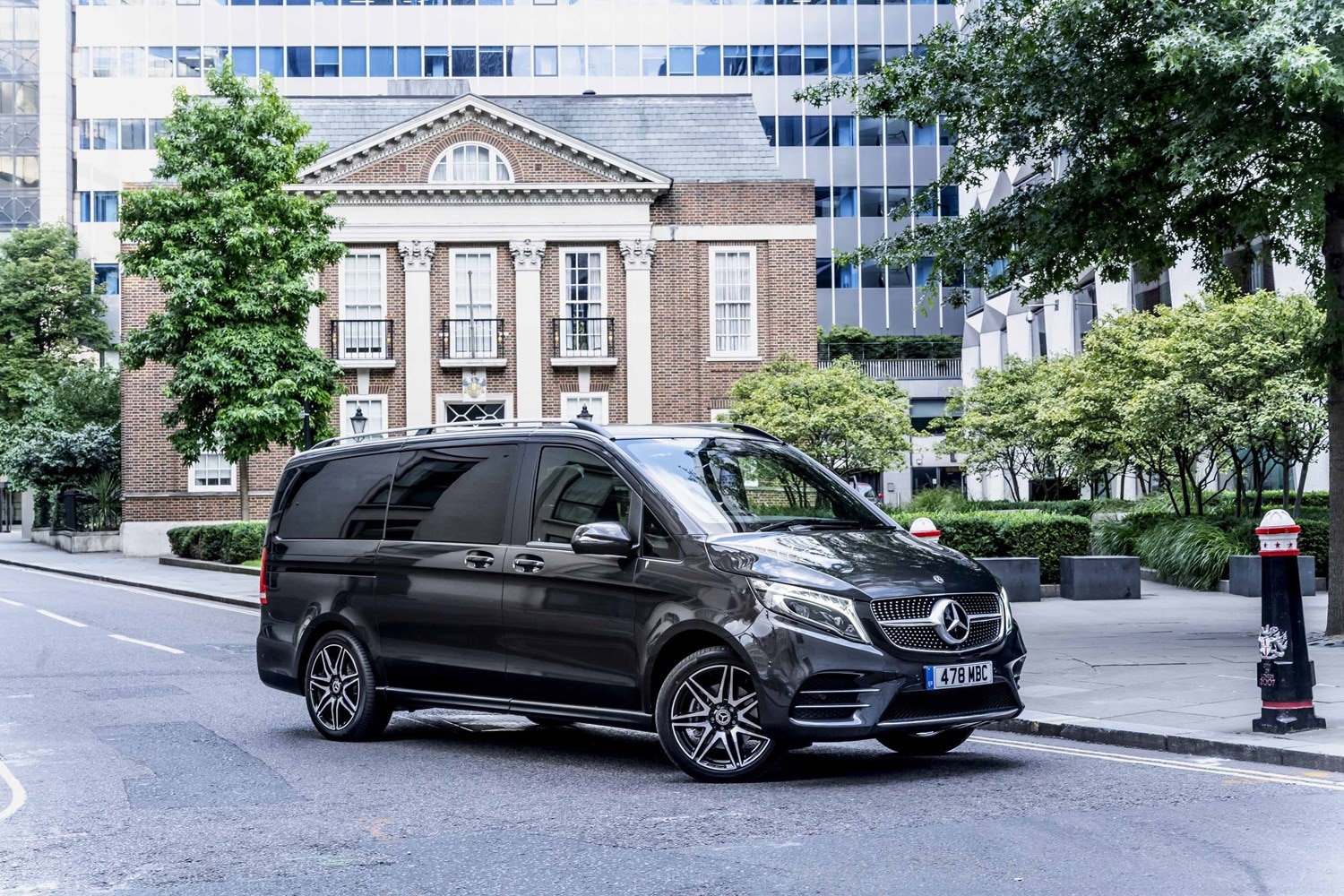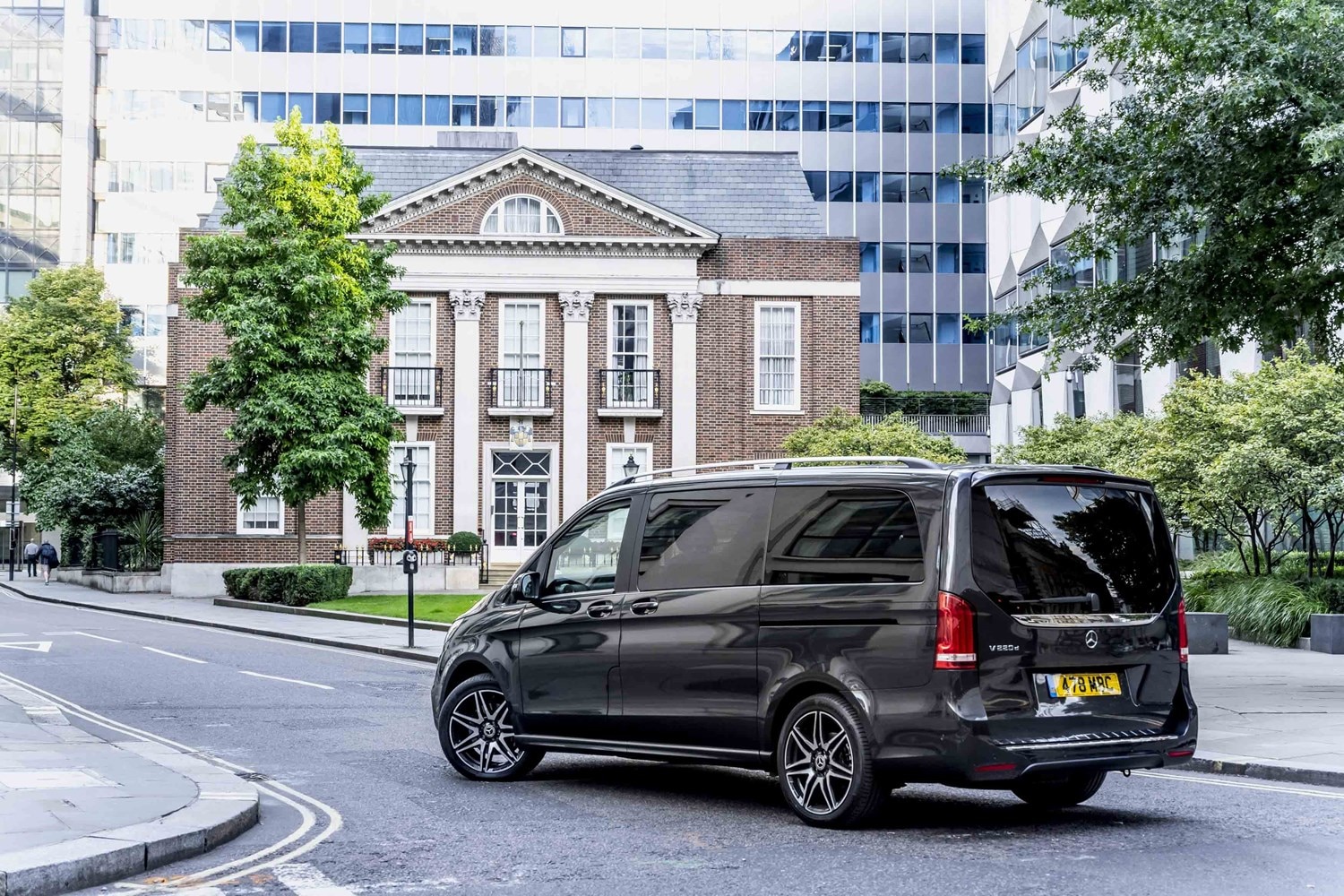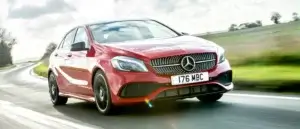Model Review
The Mercedes-Benz V-Class first went on sale in the mid-90s and was essentially a converted van, able to carry multiple people in comfort. Now while most mainstream MPVs can carry seven, there’s always an issue with space in the rearmost seats. In the V-Class though, all occupants had plenty of room to stretch out in comfort, in a package that was built to the high quality you would expect from a brand like Mercedes-Benz.
The second generation arrived in 2004 and with it came with a new name, Viano. It was available with six, seven or eight seats and could be arranged in a multitude of formations, with rows of seats behind each other, while the middle row could be turned around to face the rearmost passengers. It proved hugely popular for corporate taxis, carrying executives around in luxurious comfort, and because of the size and sliding doors, all occupants - no matter the seating formation - could get access to the seats more easily than other MPV rivals.
In 2014, the third generation was launched and with it came the return of the V-Class badge and a much more premium look and feel. On the outside, while still distinctively a van, it features a more high-end look, with a large grille similar to that of Mercedes’ passenger car range. Higher spec models come with privacy glass, alloy wheels and sliding doors that really give an upmarket look and feel. That’s probably why it’s proved popular with celebs.
Inside, the cabin is a considerable step away from a commercial vehicle, with high-quality materials and a modern layout.





